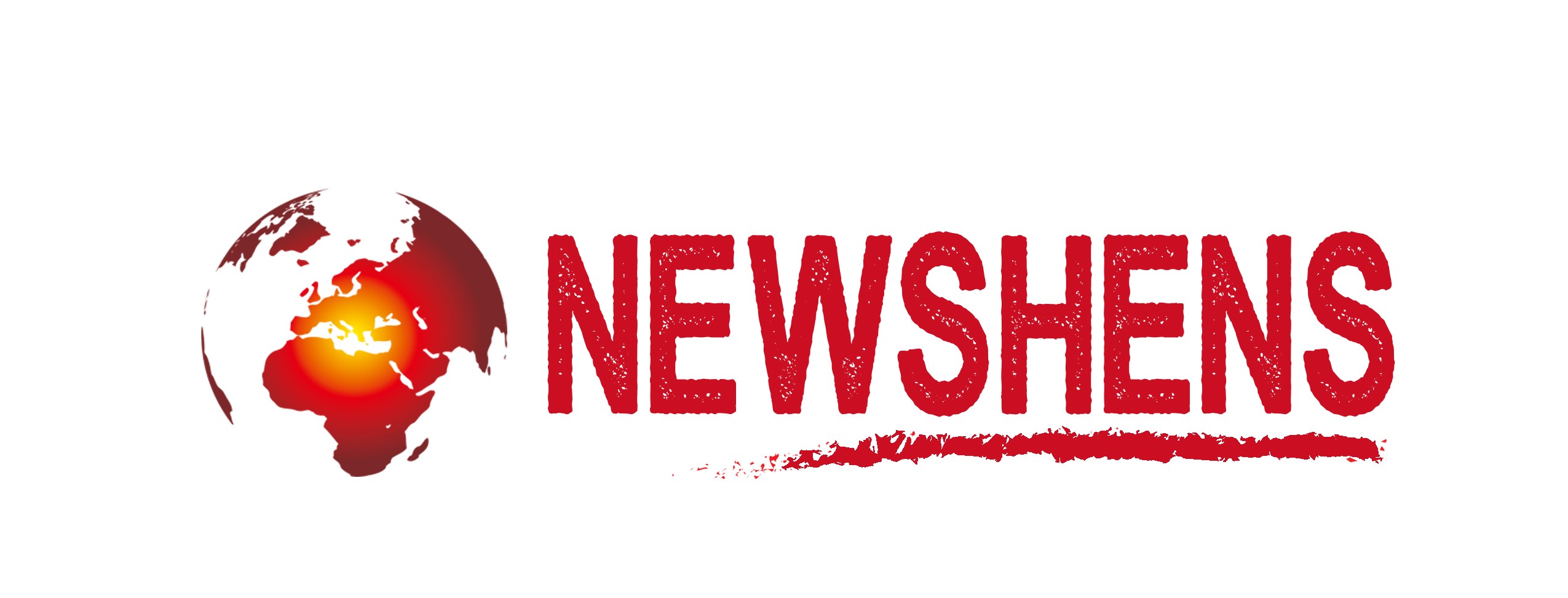Millions of Americans will receive tax-free stimulus payments from the IRS to alleviate living costs. The Internal Revenue Service (IRS) will soon start rolling out stimulus payments to millions of Americans who are eligible to receive them. These tax-free checks are part of a federal plan to provide relief to low and middle-income households from escalating prices and living standards. Since these payments are tax-free, beneficiaries need not include them while filing their tax returns for the year. This $1,390 payment also won’t impact beneficiaries’ existing benefits like Medicaid, SNAP, or housing assistance.
Eligibility criteria
Since this stimulus check is meant to benefit lower-ranking sections of society, eligibility is determined by the beneficiary’s income and tax status. These people are most likely to qualify for receiving this payment:
- Single taxpayers with an income up to $75,000
- Married couples filing jointly with an income of up to $150,000
- A head of household with an income up to $112,500
- People on federal benefits like SSDI, SSI, and VA programs
- Families with dependents may get extra money
A huge indicator that might be receiving these payments would be people who have received similar benefits in the past as well.
When will these checks be circulated?
No official date for releasing the payments has been announced by the IRS as of now. However, these checks are expected to start being delivered in mid-2025, meaning that the process could start sooner than later.
How will I receive my payment?
Depending on the mode of payment selected by the beneficiary for receiving other benefits, here are the possible ways to receive your check:
- If your bank account details have already been filed with the IRS or Social Security, your check will likely come by direct deposit, which is the fastest mode of receiving payments.
- In case the bank account details of a beneficiary aren’t filed in, payments will be sent via traditional paper checks, which could take longer.
- Some people may also receive their benefits in the form of a prepaid or EIP debit card.



